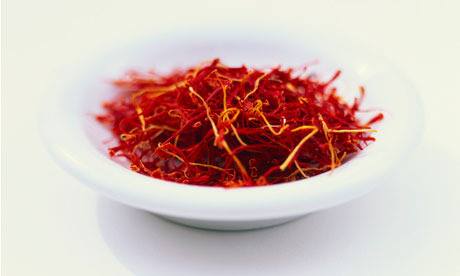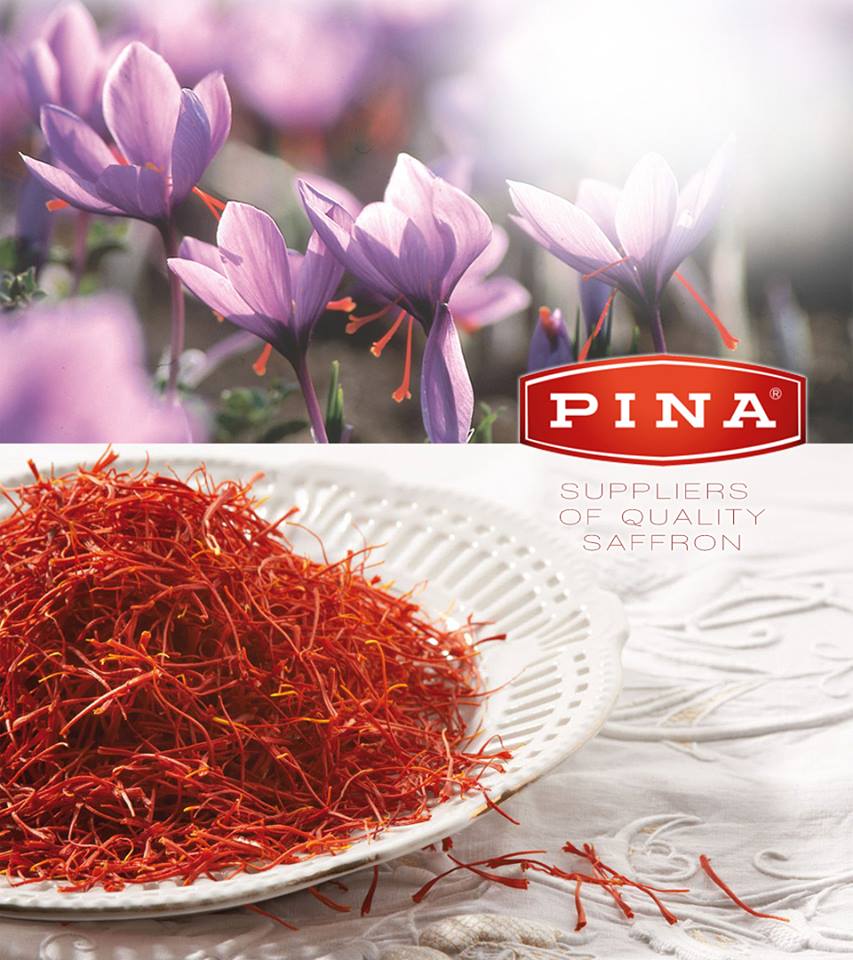

Saffron is the three stigmas of the saffron crocus. They are delicate and thread-like, each measuring 2.5 - 4 cm (1 -1.5 in). Its colour is a bright orange-red, and in high quality saffron this is uniform. Saffron bearing white streaks or light patches is inferior and when light specks appear in its powdered form it suggests adulteration. According to Greek myth, a mortal Crocos fell in love with the beautiful nymph Smilax. But his favours were rebuffed by Smilax, and he was turned into a beautiful purple crocus flower. A native of the Mediterranean, saffron is now imported primarily from Spain, where Moslems had introduced it in the 8th century along with rice and sugar. Valencia coup (coupé meaning “to cut” off the yellow parts from the stigmas) saffron is generally considered the best an Pina continues the tradition by having developed the freeze dry method of producing a Saffron that retain its size, colour and accented flavour.
Founded in 1954, PINA is a role model for saffron specialists throughout the world, applying an exclusive dehydrating method that allows preserving all the natural properties of the precious stigmas. Only the best flowers of the harvest -the first to bloom, the freshest, most robust and aromatic are selected one by one, to obtain the best stigmas.
How to use saffron threads for the best fragrance and flavour out of your saffron:
1) Immerse the strands into a warm liquid (water, stock, single cream, lemon, wine, vinegar...) in accordance with your recipe. Leave to stand for at least 10 minutes, stirring occasionally.Strain the liquid and pour into the dish you are preparing. The saffron threads may also be used for a decorative effect in some of your recipes.
2) Alternatively, toast the threads over a gentle heat for 2 or 3 minutes and crush using a pestle and mortar or by simply pressing down with the back of a spoon.